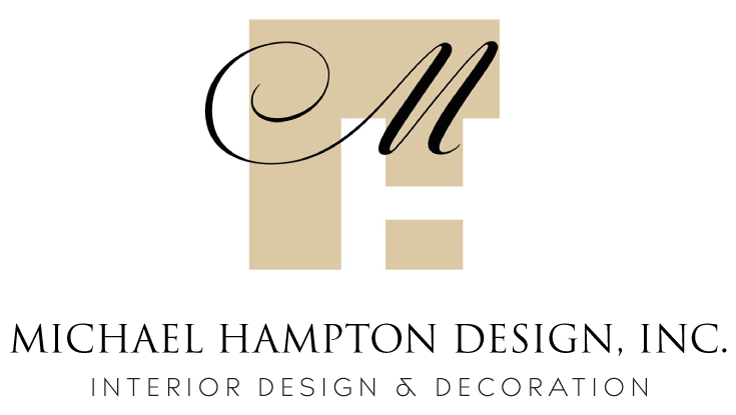Located off of the southwestern coast of France at the mouth of the Gironde river, stands an extraordinary and most unusual lighthouse with a fascinating history. Begun in 1584 by French architect and builder, Louis de Foix, the lighthouse was built in the French Renaissance style with style references to the Pharos at Alexandria and the lantern turret at Chambord. The tower would serve as lighthouse, chapel and royal residence for Henry III. During the long construction, De Foix disappeared under mysterious circumstances. His son Pierre took over the project, but he too abandoned the project in 1606 due to depleted funds.
Pierre’s foreman, Francois Beusher, eventually took over the project and construction resumed with the tower finally being completed in 1610-1611. The tower was originally surrounded by a small island that also included the original 15th century octagonal watchtower along with a chapel and a few homes for the pilots and local fisherman. By the time Beusher’s lighthouse was complete, little remained of the island.
Crowning the top of the original lighthouse, was a domed cupola where wood fires were burnt every night for the passing ships. But the burning of wood since 1612 eventually injured the stonework to the extent that the cupola had to be removed and the burning of wood was replaced by coal. Mariners complained that the illumination was too low and visibility very poor. So in 1788 the revolutionary architect, Joseph Tuelière, was called in to redesign the failing lighthouse.
Tulière removed the upper portion of the Renaissance building and replaced it with a taller tower that was built in a somber neoclassical style, which was appropriate for the time. What we see today in a somewhat bizarre combination of De Foix’s tower and Teulière’s tall, white lighthouse starting from the closed balustrade just above the ionic pilasters.
Although it is rather difficult to get to the lighthouse is still in continual use and is frequently visited by adventuress tourists who can reach the lighthouse during low tide or by boat.
A current view of the Cordouan Lighthouse
An antique colored etching showing the early 17th Century Renaissance design by architect Louis de Foix
Section through the previous 17th century design
An even more colorful and exuberant colored etching by Chatillon. Note the French merchant or war ships and the surrounding island that was eventually washed away by the relentless waves of the sea.
The 1790 design of the Cordouan Lighthouse by architect, Joseph Teulière
Section through the 1790 design
Looking down through Teulière’s spiral staircase into the original 16th century tower
The Kings room on the second floor of the original tower.
Photographer – Jacques Dirand
World of Interiors -1992
Another view of the Kings rooms, where the busts of monarchs originally stood before the revolution.
Photographer – Jacques Dirand
World of Interiors -1992
The original chapel, which features a 17th century coffered ceiling and a bust of Louis de Foix
Photographer – Jacques Dirand
World of Interiors -1992
